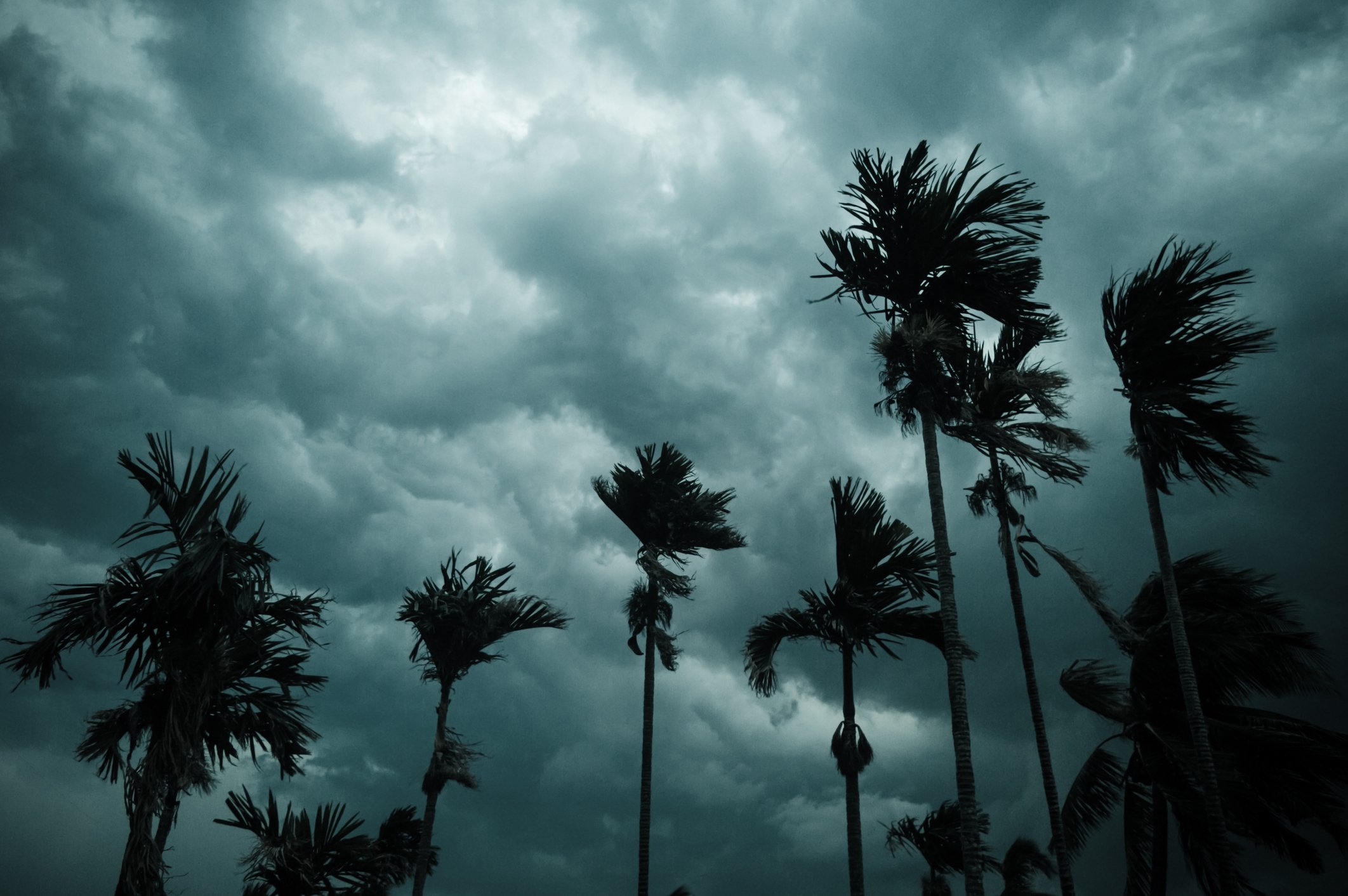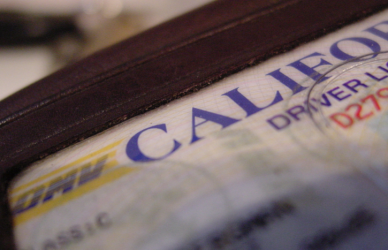Hurricane Ian left severe damage in parts of Florida this weekend. The Guardian reported that at least 32 people are dead and thousands more are unaccounted for with it being the fifth most powerful storm to have hit the United States mainland. Hurricane Ian made landfall in Cuba as a strengthening hurricane on September 27 before strengthening to a category 4 hurricane as it crossed the Gulf of Mexico, bringing wind gusts of more than 150 miles per hour into southwestern Florida.
The highest gust recorded was 155 mph, just 2 mph short of being classified as a category 5 hurricane. Ian brought 250-500mm (10-20 inches) of rain and storm surges of 12-15 feet as it moved inland. Approximately 10,000 people are still missing, and 1.7 million people have been displaced from their homes. On Thursday, September 29, Ian moved into the western Atlantic Ocean before turning northwest and returning to South Carolina. On Saturday, October 1, wind gusts of more than 50 mph were recorded across portions of the central and southern Appalachians before Ian weakened and dissipated near the border of North Carolina and Virginia that night.
Even though Hurricane Ian has dissipated there will still be record levels of flooding throughout the week.
In related news, Hurricane Orlene strengthened into a category 4 hurricane last weekend off the coast of southwest Mexico, with gusts of 130 mph. Orlene brought 120mph winds to the Islas Marias islands on Sunday night before tropical storm conditions were felt across parts of southwestern and west-central Mexico on Monday.








